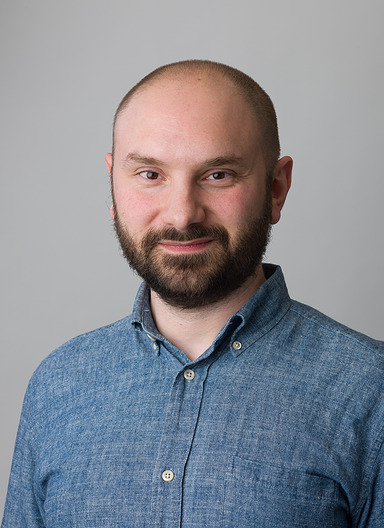Echoes in the brain: Why today’s workout could fuel next week’s bright idea

In a rare, longitudinal study, researchers from Aalto University and the University of Oulu tracked one person’s brain and behavioural activity for five months using brain scans and data from wearable devices and smartphones.
‘We wanted to go beyond isolated events,’ says research leader Ana Triana. ‘Our behaviour and mental states are constantly shaped by our environment and experiences. Yet, we know little about the response of brain functional connectivity to environmental, physiological, and behavioral changes on different timescales, from days to months.’
The study found that our brains do not respond to daily life in immediate, isolated bursts. Instead, brain activity evolves in response to sleep patterns, physical activity, mood, and respiration rate over many days. This suggests that even a workout or a restless night from last week could still affect your brain — and therefore your attention, cognition and memory — well into next week.
The research also revealed a strong link between heart rate variability — a measure of the heart's adaptability — and brain connectivity, particularly during rest. This suggests that impacts on our body's relaxation response, like stress management techniques, could shape our brain's wiring even when we are not actively concentrating on a task. Physical activity was also found to positively influence the way brain regions interact, potentially impacting memory and cognitive flexibility. Even subtle shifts in mood and heart rate left lasting imprints for up to fifteen days.
Study goes beyond a snapshot
The research is unusual in that few brain studies involve detailed monitoring over days and weeks. ‘The use of wearable technology was crucial’, says Triana. ‘Brain scans are useful tools, but a snapshot of someone lying still for half an hour can only show so much. Our brains do not work in isolation.’
Triana was herself the subject of the research, monitored as she went about her daily life. Her unique role as both lead author and study participant added complexity, but also brought firsthand insights into how best to maintain research integrity over several months of personalized data collection.
‘At the beginning, it was exciting and a bit stressful. Then, routine settles in and you forget,’ says Triana. Data from the devices and twice-weekly brain scans were complemented by qualitative data from mood surveys.
The researchers identified two distinct response patterns: a short-term wave lasting under seven days and a long-term wave up to fifteen days. The former reflects rapid adaptations, like how focus is impacted by poor sleep, but it recovers quickly. The long wave suggests more gradual, lasting effects, particularly in areas tied to attention and memory.

Single-subject studies offer opportunities for improving mental health care
The researchers hope their innovative approach will inspire future studies that combine brain data with everyday life to help personalise mental health treatment.
‘We must bring data from daily life into the lab to see the full picture of how our habits shape the brain, but surveys can be tiring and inaccurate,’ says study co-author, neuroscientist and physician Dr Nick Hayward. ‘Combining concurrent physiology with repeated brain scans in one person is crucial. Our approach gives context to neuroscience and delivers very fine detail to our understanding of the brain.’

Ana TrianaWe must bring data from daily life into the lab to see the full picture of how our habits shape the brain
The study is also a proof-of-concept for patient research. Tracking brain changes in real time could help detect neurological disorders early, especially mental health conditions where subtle signs might be missed.
‘Linking brain activity with physiological and environmental data could revolutionize personalized healthcare, opening doors for earlier interventions and better outcomes,’ says Triana.
The results will be published in PLOS Biology on October 8th.
Contact information:

You can reach Nick Hayward by emailing to [email protected]
- Published:
- Updated:
Read more news

What makes nature restorative? Aalto University researchers explore Finnish forests and Japanese gardens
Biodiversity is central to the restorative power of Finnish forests.
New technology brings immersive audio to everyone’s pockets
A new type of sound recording technology allows recording of immersive soundscapes with ordinary microphones and an inexpensive accessory
Grief support group for those who have lost a loved one
In spring 2025, a support group will be organized for Aalto students and employees who have lost a loved one.

